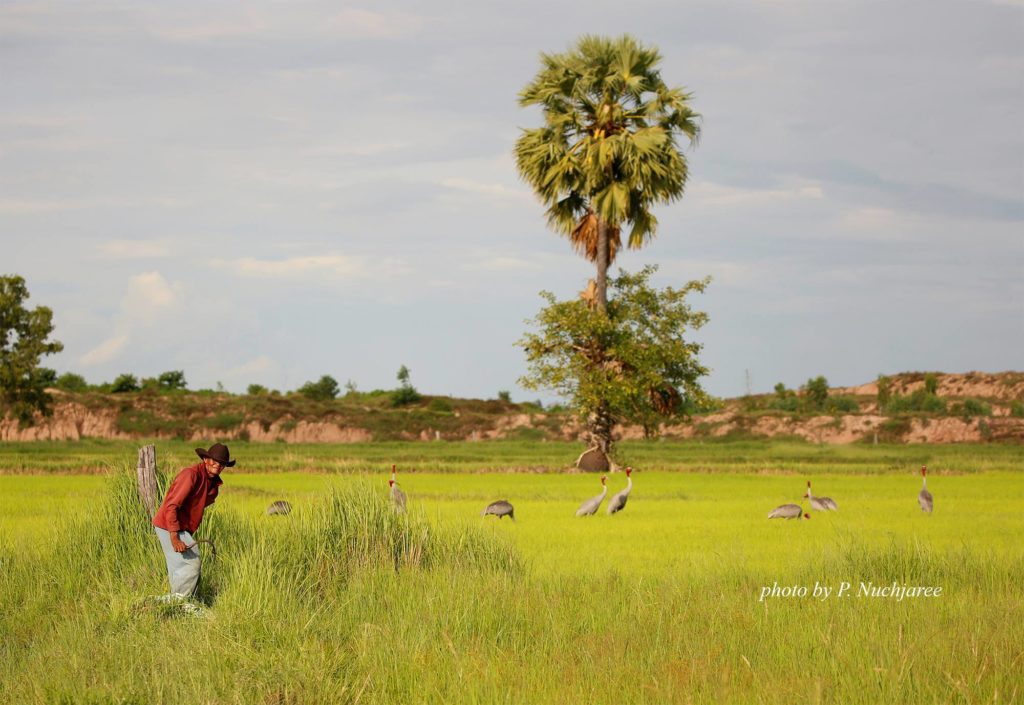
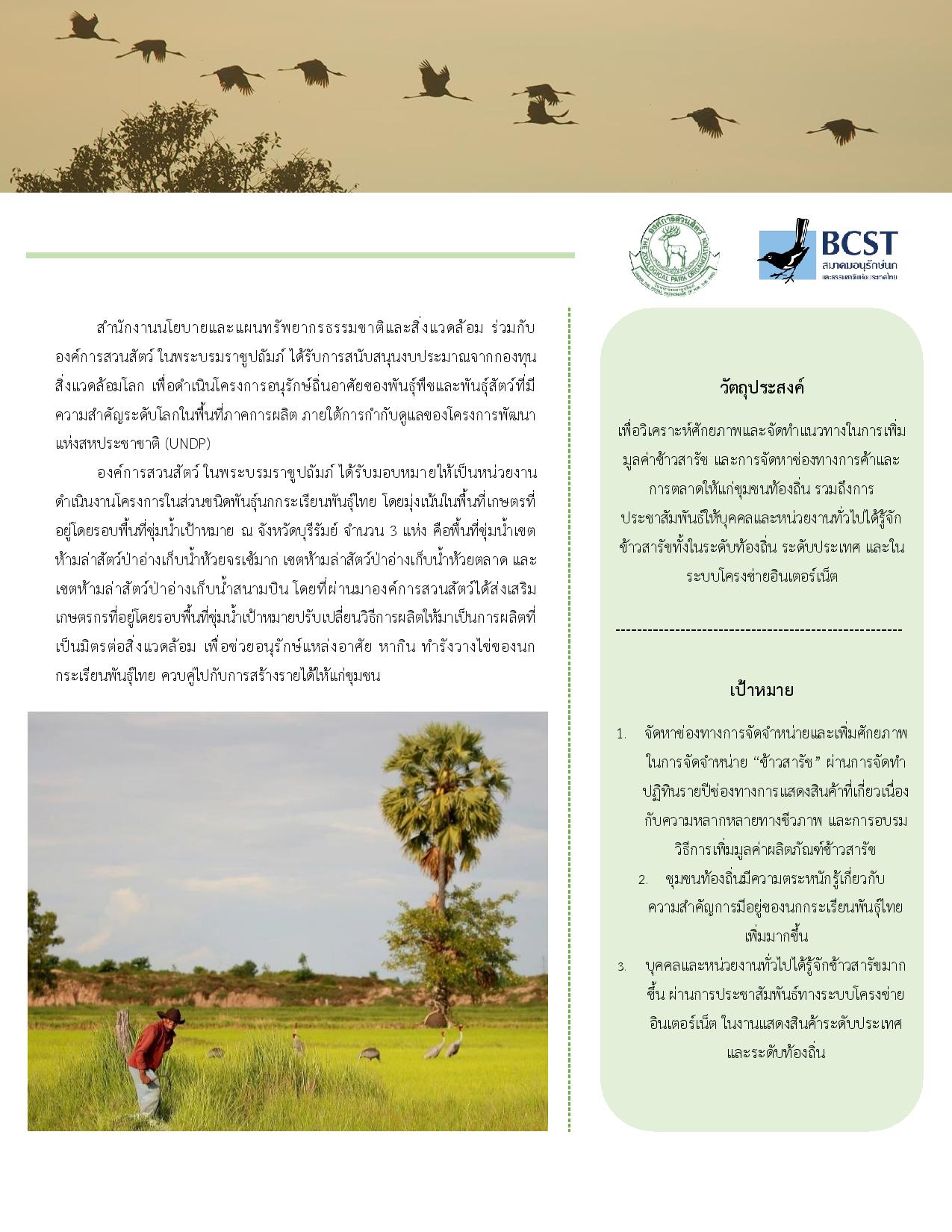





Wet season is the breeding season for Sarus Crane (Antigone antigone) and a busy time for growing rice. Due to success of the reintroduction programme in Buriram by the Zoological Park Organization Thailand (ZPO), Sarus Crane has come back from the brink of extinction and started to nest and breed once again in the wild. This majestic waterbird generally builds a nest in the occupied rice field. In order to help both the birds and farmers whose portion of their crops are lost to the nest, BCST and ZPO has jointly established a “Sarus Crane Nest Adoption” project to help accomplish the following objectives:
Detail of Nest Adoption:
6,500 THB/nest/year (supporters will receive monthly and annual reports about the nest)
Note* Partial support is also welcomed but the supporter will not receive the progress reports
Please visit the following link to complete the adoption >>https://goo.gl/44i5Ln
You can also contact us at bcst@bcst.or.th or via Facebook https://www.facebook.com/bcst.or.th and +66(0)2 588 277 (Mon-Fri between 9:00AM-6:00PM GMT+7)
Thank you!
เข้าสู่ฤดูทำรังวางไข่ของ นกกระเรียนพันธุ์ไทย (Sarus Crane) แล้ว สมาคมอนุรักษ์นกและธรรมชาติ
โดยมีวัตถุประสงค์หลักเพื่อ
รายละเอียดการอุปถัมภ์:
ค่าใช้จ่าย 6,500 บาท/ปี/
ผู้อุปถัมภ์จะได้รับรายงานค
หมายเหตุ* ผู้ที่ต้องการบริจาคเพื่อช่วยเหลือโครงการ แต่จำนวนเงินไม่ถึง 6,500 บาท สามารถสนับสนุนได้ แต่จะไม่ได้รับรายงานและของที่ระลึก
หากคุณต้องการเป็นส่วนหนึ่ง
เพราะความรักไม่เคยพักผ่อน การแบ่งปันก็เช่นกัน…
ติดต่อสอบถามเพิ่มเติมได้ทา
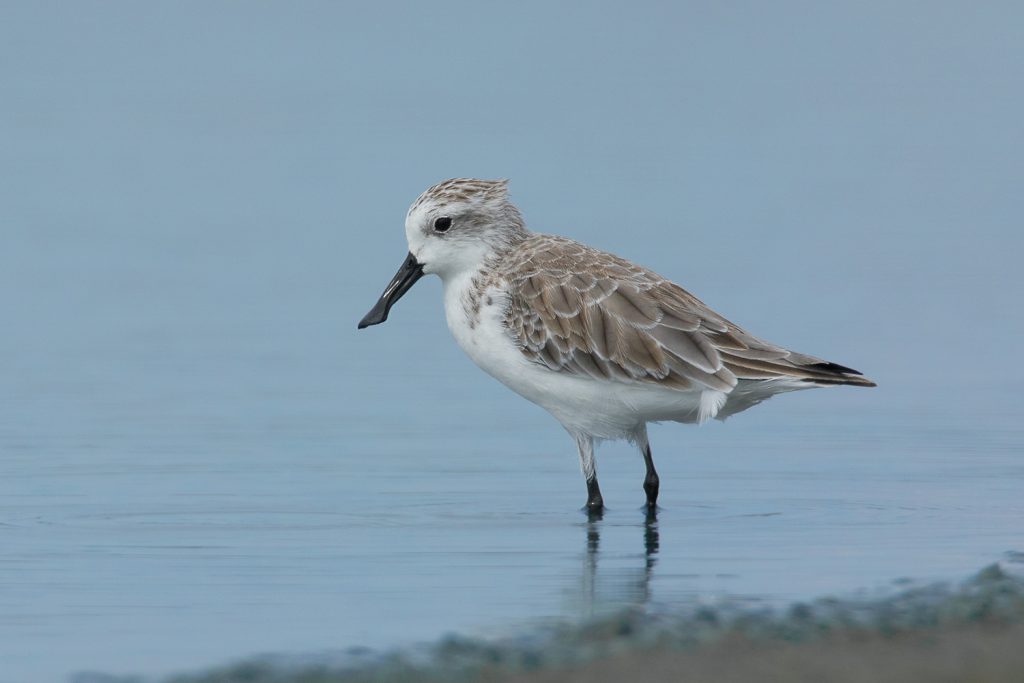
Spoon-billed Sandpiper (Calidris pygmaea) is the most threatened shorebird on the East Asian-Australasian Flyway, with perhaps as few as 200 breeding pairs remaining, having undergone a dramatic decline during the past two decades, partly as a result of loss of habitat on the flyway. Like many migratory shorebirds found in Thailand, the Spoon-billed Sandpiper breeds on the Russian tundra and twice a year makes a hazardous migration along the coasts of east Asia. About 10 Spoon-billed Sandpipers are recorded in the Inner Gulf of Thailand each year with Pak Thale-Laem Phak Bia in Phetchaburi province having the highest annual records. This bird is quite site faithful as shown by the fact that birds flagged and numbered on the breeding grounds have been recorded at the same sites in the Inner Gulf of Thailand on successive years.
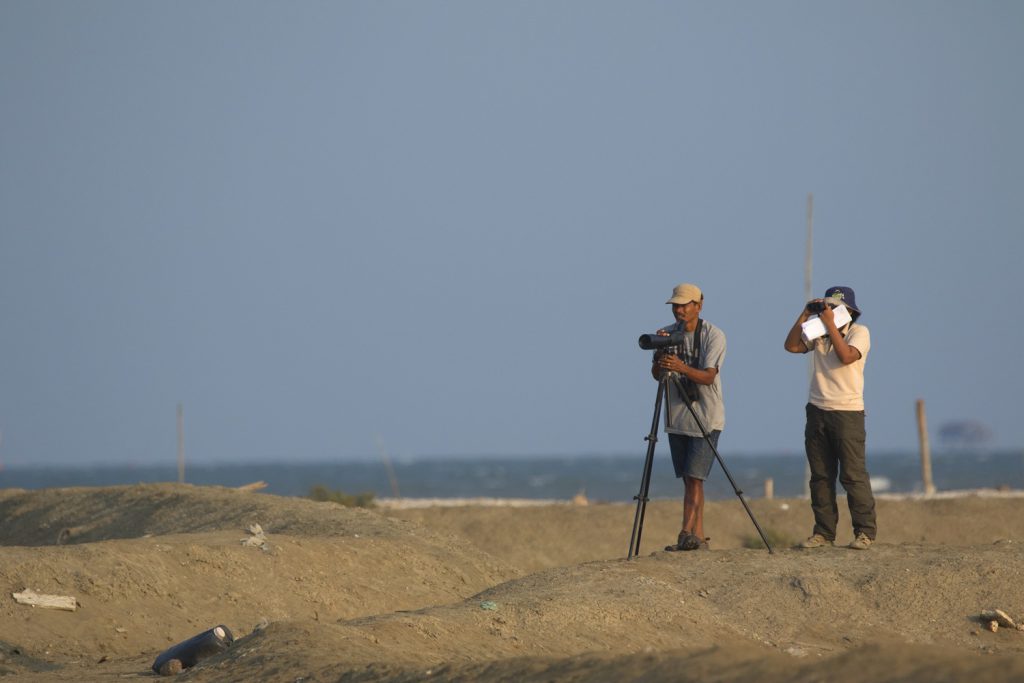
BCST has been monitoring Spoon-billed Sandpipers and other migratory shorebirds in the Inner Gulf of Thailand since 1995. With the help from local bird surveyors, Suchart Daengpayon (Tee) for Khok Kham and Seri Manit (Daeng) for Pak Thale-Laem Phak Bia (until 2016), we are able to intensively monitor shorebirds at both sites resulting in an impressive records of 7 flagged Spoon-billed Sandpipers: Lime 05, Lime 02, White OC, White P7, White AA, White U6 and Yellow 5(x).
‘Lime 05’ is the most well known among several flagged Spoon-billed Sandpipers that have been recorded in Thailand. It is a female bird that was ringed on 20 June 2013 in the vicinity of Meinypil’gyno Village, Anadyr District, just south of the Arctic Circle in Chukotka Autonomous Area, Far East Russia. She was then observed and photographed on her wintering grounds at Khok Kham, Samut Sakhon Province, Inner Gulf of Thailand on 30 November 2013 after a long-distance migration covering over 7,500 km from Far East Russia. She remained there until at least 6 March 2014 and since then, has continued to come back to the same area every winter.

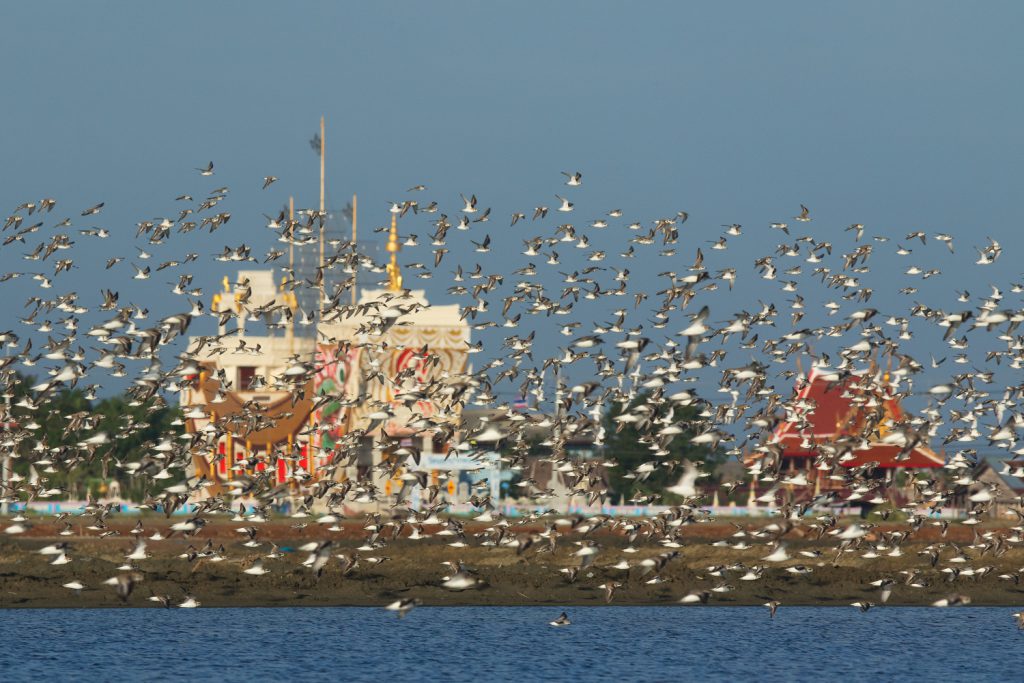
Pak Thale is a coastal area dominated by salt pans, which is of international importance for migratory shorebirds. It is part of the Pak Thale – Laem Phak Bia Flyway Site, recognised as a priority site on the East Asian-Australasian Flyway as a regular wintering site and migration passage of several globally threatened species, most notably the Critically Endangered Spoon-billed Sandpiper. Pak Thale is also part of the Inner Gulf of Thailand Important Bird Area as recognised by BirdLife International and the most important area in Thailand for coastal shorebirds in terms of abundance and diversity. The area of the Pak Thale site is about (300 rai) 50 ha and hosts over 7,000 water birds during the northern hemisphere winter, comprising 50 species, including several globally threatened migratory birds which are also recorded in Japan, such as Critically Endangered Spoon-billed Sandpiper and Endangered Great Knot.
The Spoon-billed Sandpiper is the most threatened shorebird on the flyway, with perhaps as few as 200 breeding pairs remaining, having undergone a dramatic decline during the past two decades, partly as a result of loss of habitat on the flyway. About 10 Spoon-billed Sandpipers are recorded in the Inner Gulf of Thailand each year with Pak Thale-Laem Phak Bia having the highest annual records. The Inner Gulf of Thailand is a must for anyone wishing to see this bird for the first time, because of its easy accessibility from Bangkok and frequent records of the Spoon-billed Sandpiper regularly disseminated through social media. Seeing this species is a highlight on many birdwatchers’ trips to Thailand.
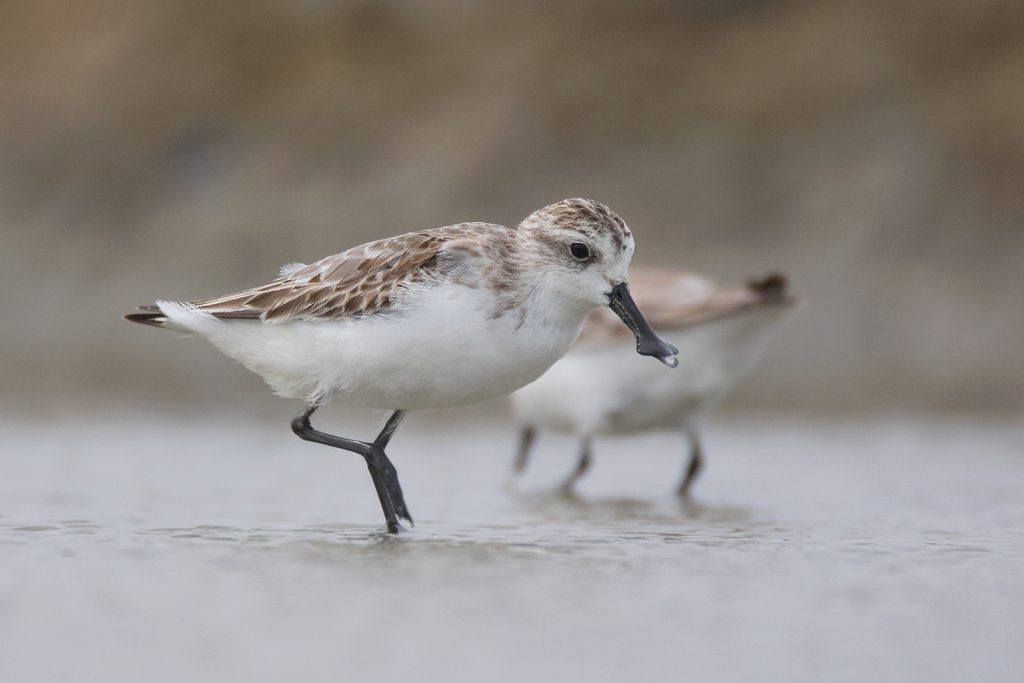
Aside from coastal mudflats and remnants of mangrove forest, the land is largely given over to human productive uses and dominated by salt pans. The salt pans also play an important ecological role in that with the loss of natural habitat, the less saline pans are used by shorebirds for roosting and feeding during high tide. Aquaculture is the other major livelihood activity in the area and shellfish collection takes place on the coastal mudflats.
The biodiversity of the site and local traditions are mainly threatened by gradual land conversion, especially to intensive aquaculture. This is a trend occurring throughout the Inner Gulf of Thailand, alongside urban development as another source of land use change. Conversion to aquaculture is mainly driven by short-term profits and low aquaculture labour requirements with additional benefits from the sale of extracted soil from creating ponds. A recent slump in salt prices is further encouraging land use change. Most land at Pak Thale is owned by a few major landowners, not the salt farmers. Locally, there is another risk of pollution from local industries, which may damage aquaculture and salt pans. A low, but significant, level of netting of birds is also a threat.

Habitat at Pak Thale is protected and enhanced for shorebirds and the site is recognised for its international importance for shorebirds and as a tourism destination demonstrating sustainable co-existence between nature and local livelihoods
During the project, we will develop a model for sustainably managing Pak Thale for shorebird conservation by working with local stakeholders through salt farming, bird tourism and direct management of shorebird habitat
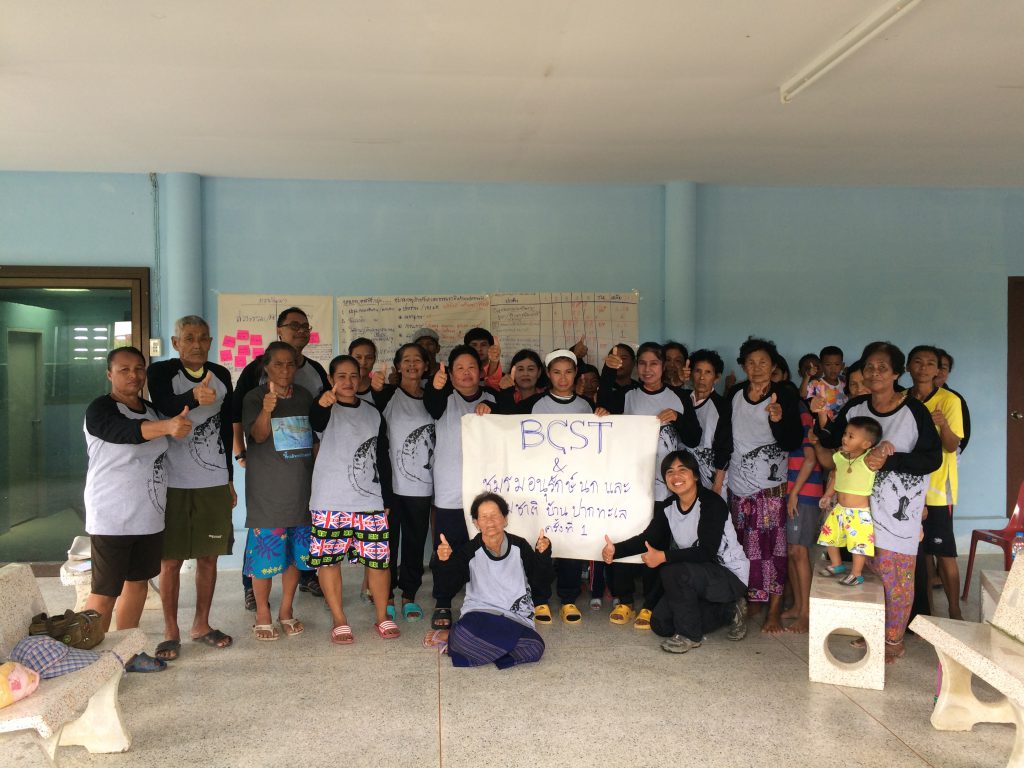
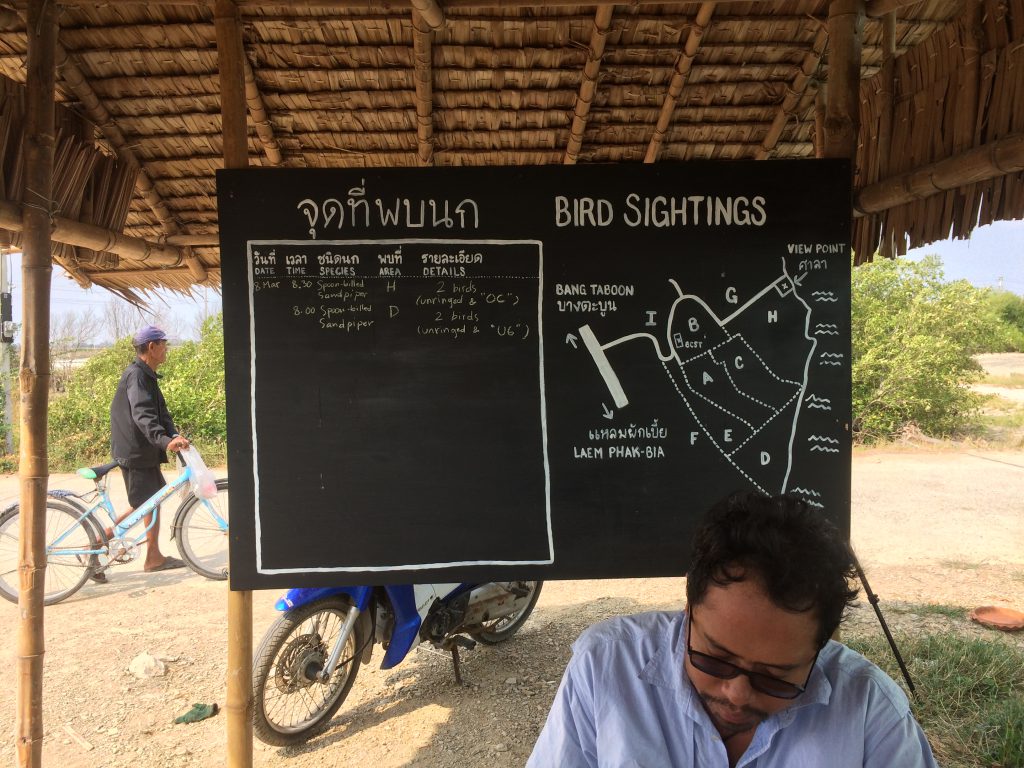
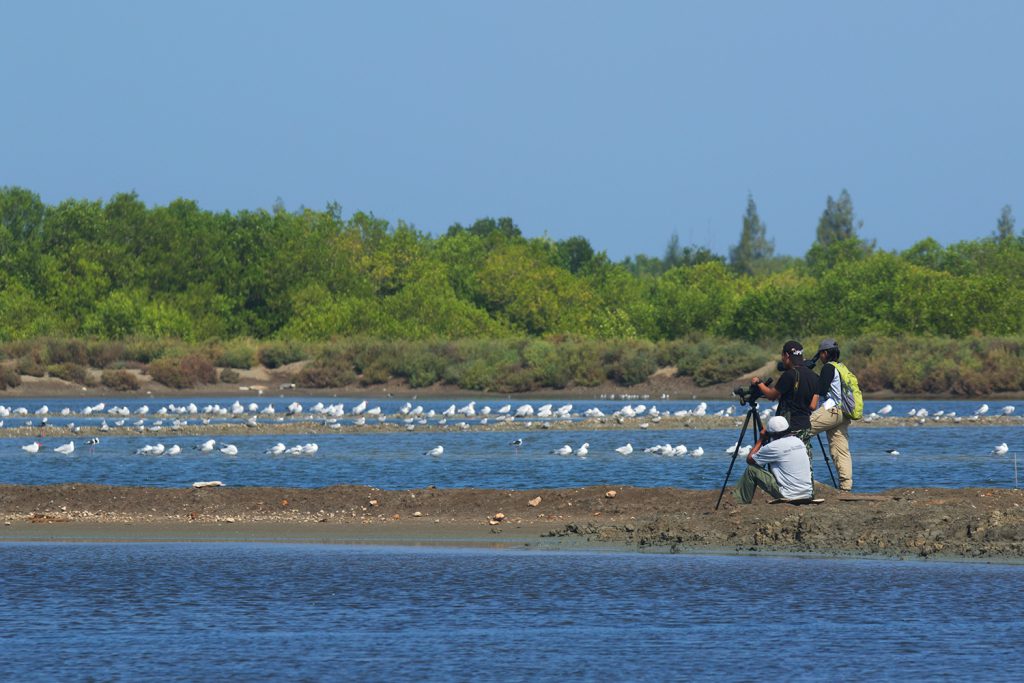
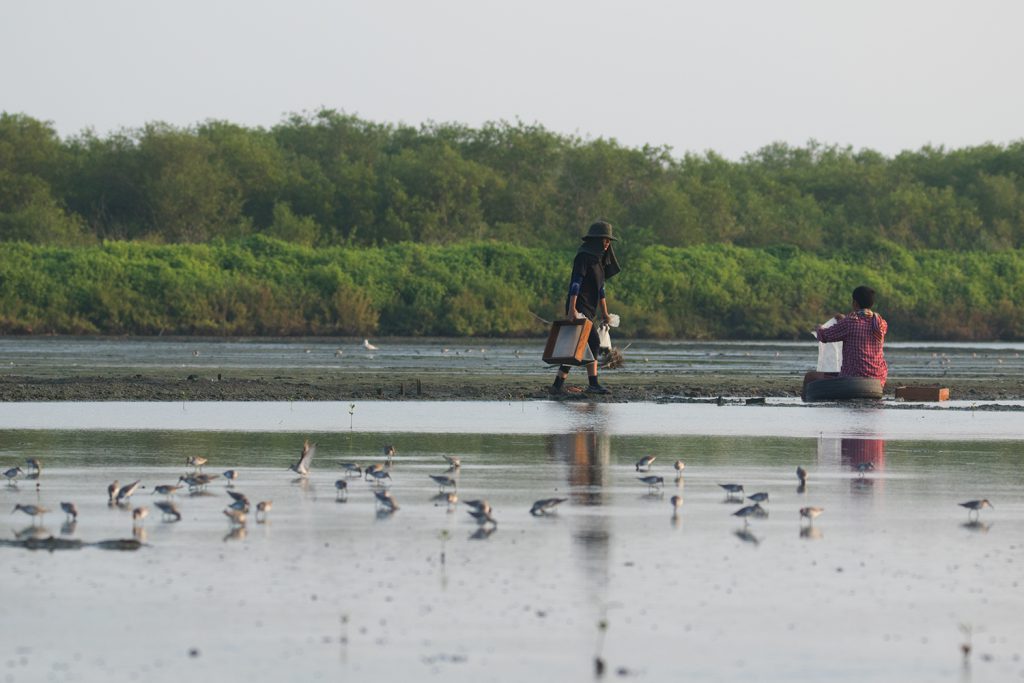
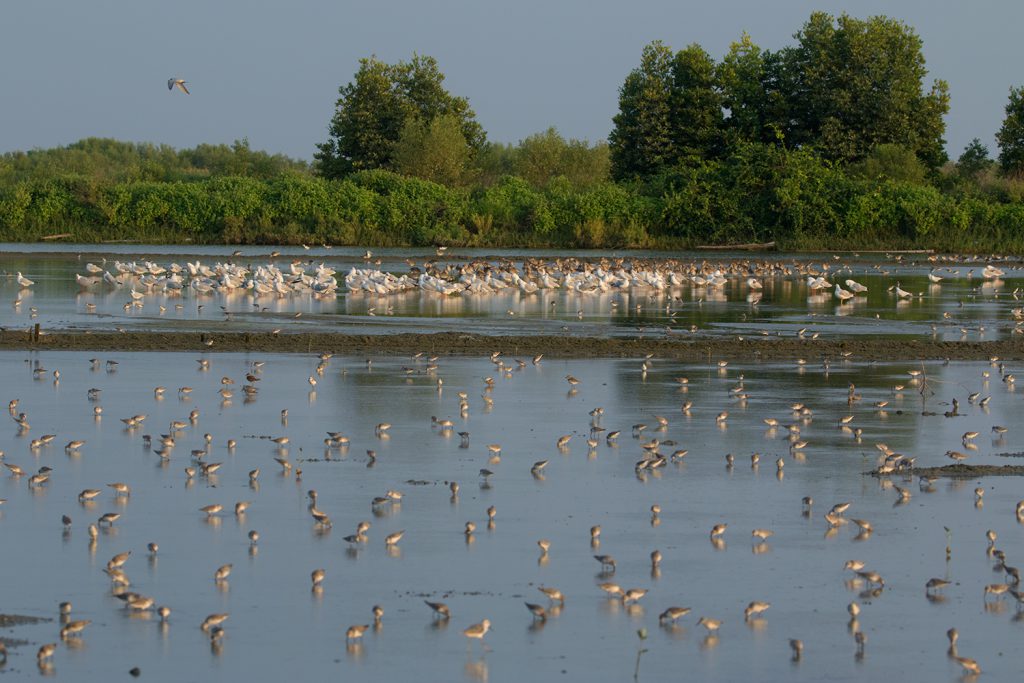
![]()
